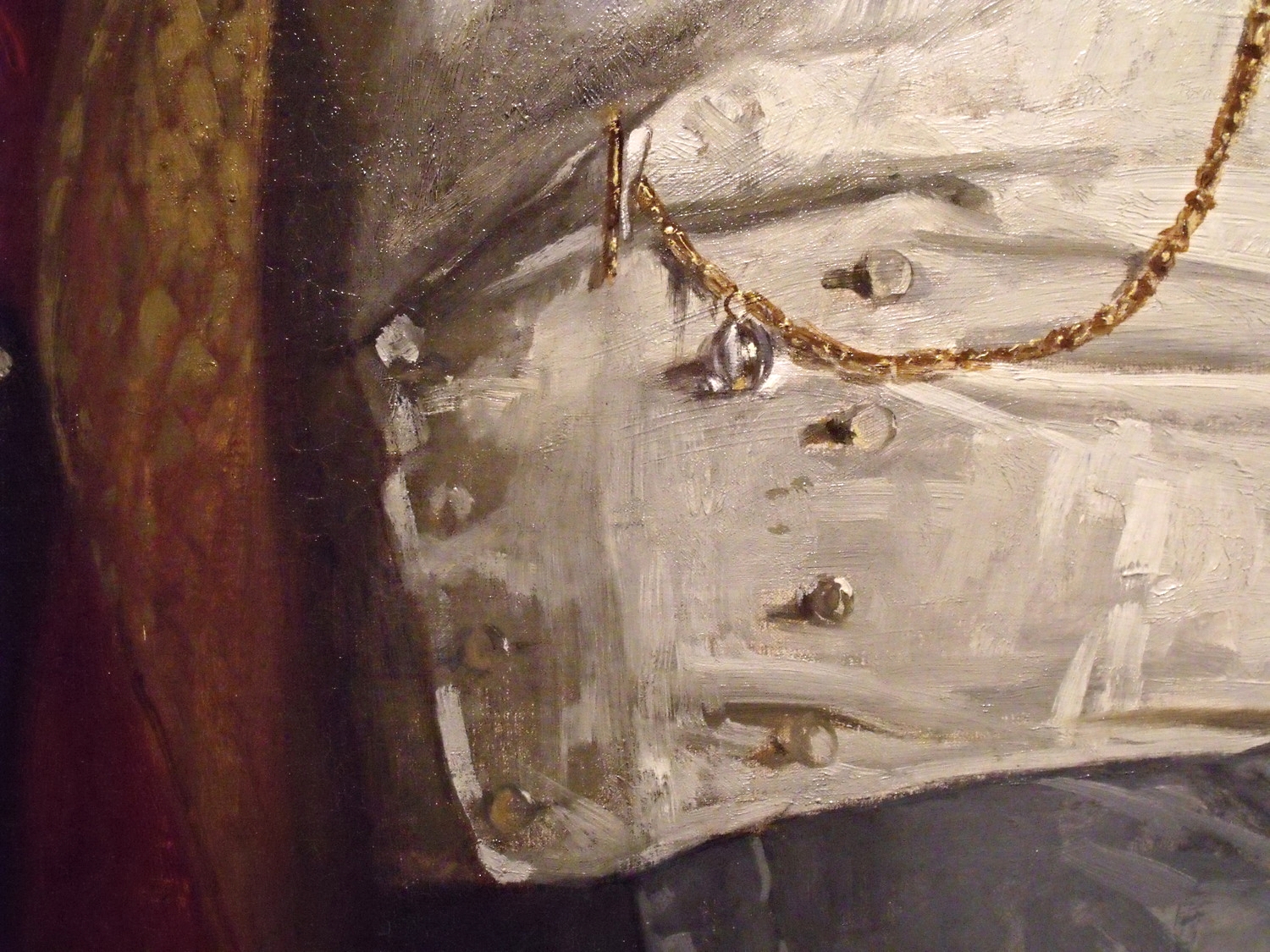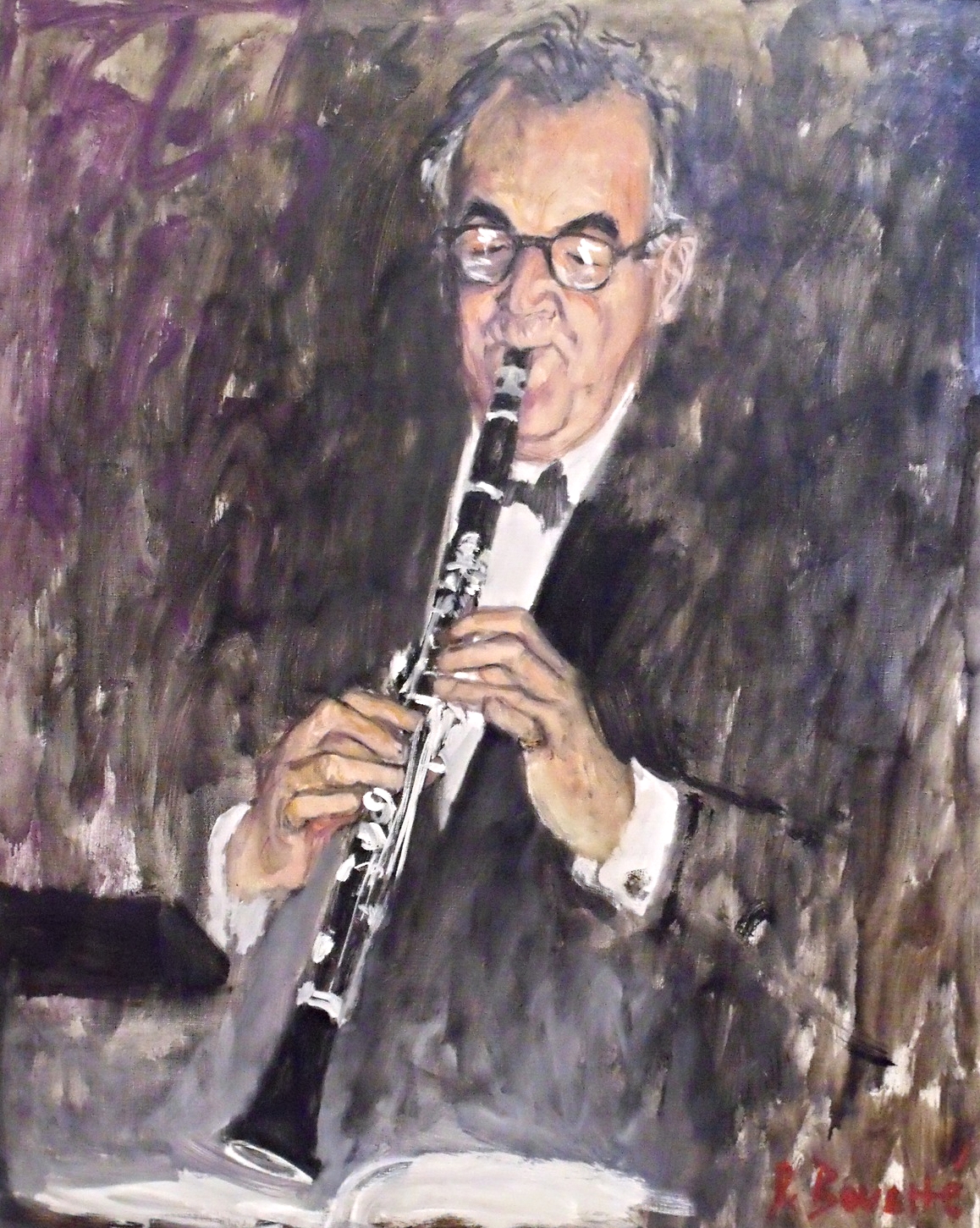While in DC this year for the Portrait Society of America's annual conference I was able to visit the National Portrait Gallery. Not just me, they bussed around two-hundred portrait artists to the gallery. It was surreal to walk the gallery and hear well known contemporary artists such as Quang Ho, David Kassan, Burt Silverman, and Ann Manry Kenyon comment on the works of Thayer, Sargeant, and Cassatt.
This sizeable painting of H.H. Richardson by Hubert von Herkomer was completed in 1886. It was a favorite with the artists because the girthy fellow has big presence.
Trained in Paris at the Ecole des Beaus-Arts, Henry Hobson Richardson became America's leading architect in the late 1880's. He designed a wide range of structures, including churches, railroad stations, department stores, courthouses, libraries, and private homes. Best known today for Trinity Church in Boston, Richardson fused the Romanesque style of medieval France with the picturesque style popular in England and the US.
Detail of the hand.
In this portrait, British artist Hubert von Herkomer found his sitter's girth, accentuated by the rounded pitcher in the background, and ideal metaphor for his character. During the sittings, Herkomer noted that Richardson was "as solid in his friendship as in his figure. Big-bodied, big-hearted, large-minded, full-brained, loving as he is pugnacious."
This is Richardson's neighbor at the Gallery, inventor Isaac Singer of sewing machine fame, 1869. Singer's machine could sew 900 stitches per minute, more than twenty times as many as a skilled seamstress.
The details and variety of brushstrokes in this work are astounding.
Singer commissioned this portrait while living in Paris, after scandals about his private life forced him to relocate to Europe. American artist Edward Harrison May painted him in clothing that reflects his wealth and trademark extravagance.
Detail from Cafe at Biskra, Algeria by Frederick Arthur Bridgman. This painting is like two paintings. There's the main scene shown above, but then corridor in the background, shown left, serves as a secondary focal point. Both are beautifully painted, but I almost prefer the background.
And now for two of my favorites from the hall of musicians. "Bravo!" showcases the composers and performers who brought the performing arts to life from the beginning of the 20th century to the present.
Love this one of Benny Goodman. To me it looks like he sounds.
The fellow to the right played in his band for quite a while so they sort of go together.
1960, Rene Bouche.
This enormous portrait of Lionel Hampton by Frederick J. Brown is 96 & 1/8" tall. That's over 8 feet!
Lionel Hampton began his musical career as a drummer until Louis Armstrong encouraged him to take up the vibraphone in the early 1930s. Hampton introduced that instrument to the jazz idiom. Hampton's high-energy spontaneity was legendary: "We got no routine," he once said. "We just act the way the spirit moves us."
I'll have to save the Thayer's for another post.











